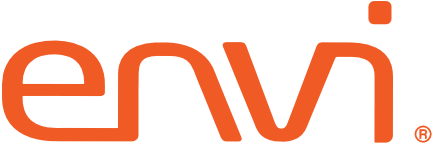Purchase Order Approval Best Practices
“When someone requests a new product, we can determine if it’s something we need to add or simply an educational opportunity to point the requester to what’s available on our formulary. We keep control over spend and can reduce costs.”
Rami Nofal, Touchstone Imaging
Manage and reduce overspending
Improve checks and balance for better order management
Align with audit practices
Step 1: Map your organization’s current workflow processes for Purchase Order Approval
???? Identify the flow of purchase orders through current system and processes
– Are there disconnects?
– Are there manual steps bridging gaps in technology?
???? Review primary and secondary approvers and authority limits
???? Evaluate current internal controls against audit checks


Step 2: Build your new workflow to create a seamless, automated Purchase Order Approval process
???? Eliminate gaps and workarounds
???? Determine who can place orders for all standard products and supplies
???? Identify staff members who can approve orders
– Remember, multiple approver levels and check points help reduce fraud
???? Drive all POs through your new approval process to ensure spend is well-managed
???? Set-up steps to monitor and review non-standard purchases
???? Validate your refreshed processes for consistency with audit requirements
Step 3: Leverage technology to streamline approval process
???? Create an enterprise-wide formulary of standard products, which will in turn, streamline approvals
– A well-designed formulary makes exceptions more visible, increases product standardization and drives cost savings
???? Combine people, process and technology for workflow to seamlessly create, approve, send, receive orders
– Pave the way for automated AP matching

Step 4: Set up users with proper security, roles and responsibilities
???? Establish clear roles and responsibilities
– Identify buyers who can requisition and/or order approved products
– Identify managers who can approve orders, make and authorize exceptions or changes
Step 5: Identify the process to manage non-file items
???? Identify people in your organization who can manage requests for non-standard products and supplies
???? Implement a review process to determine when a non-file item should be moved onto contract, or added to your approved product formulary


